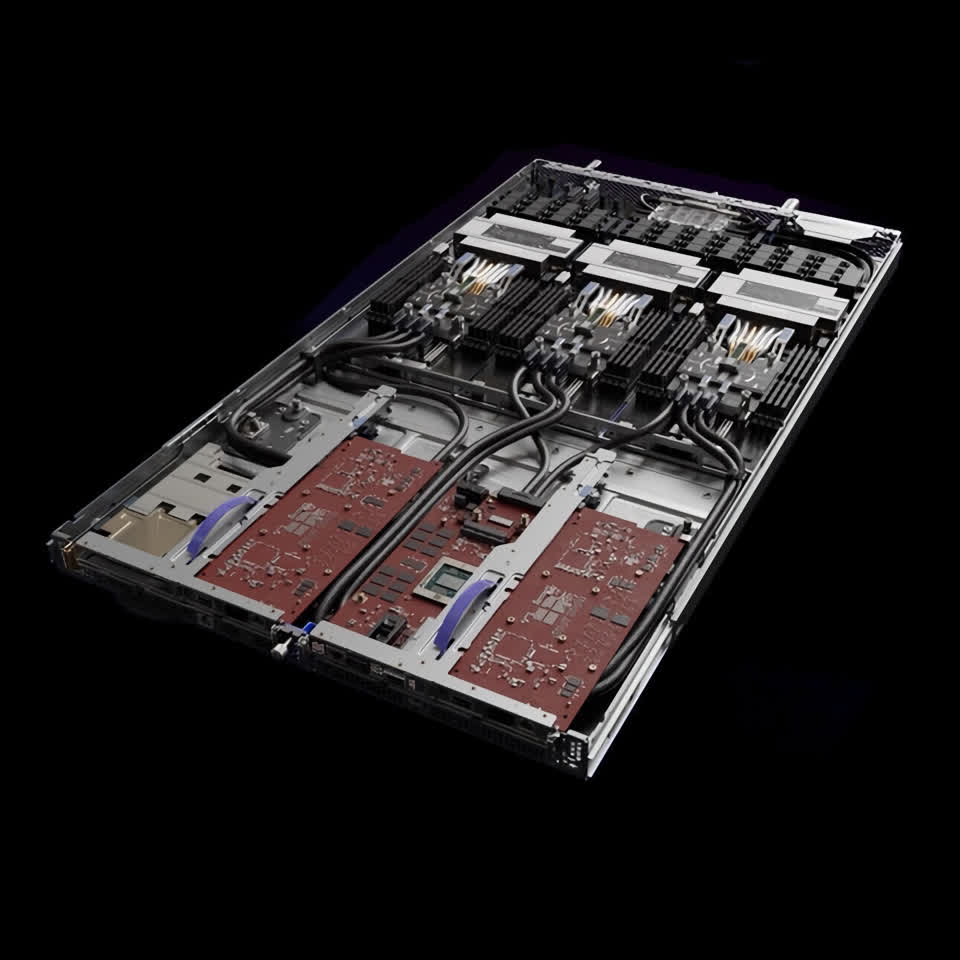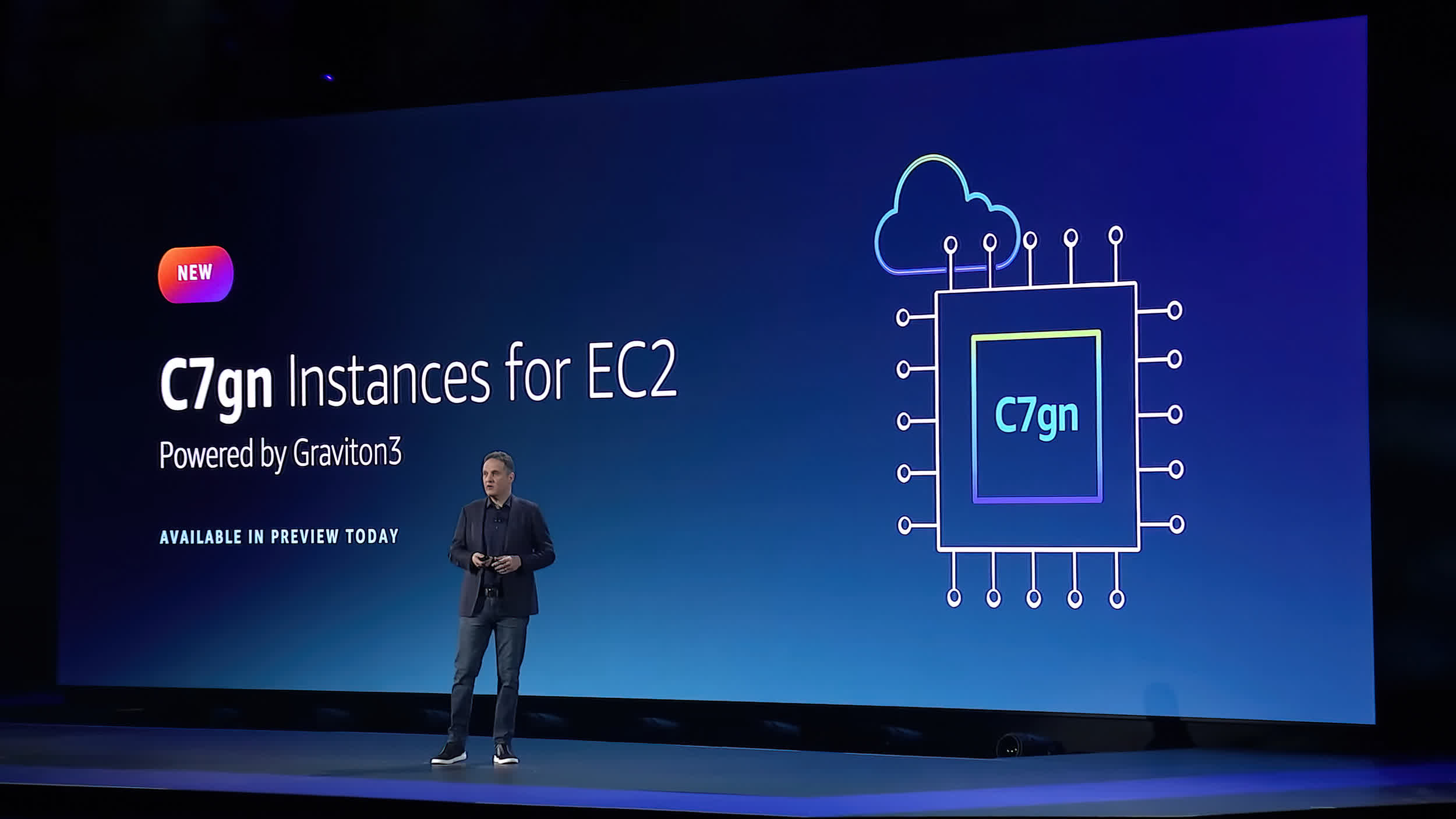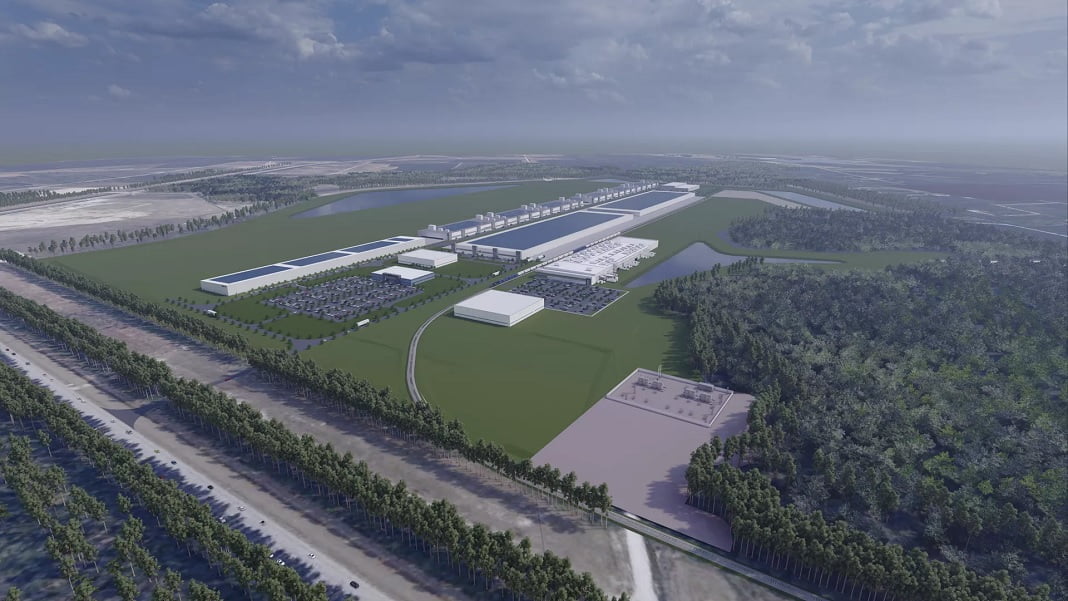Ever since Amazon launched its cloud computing companies arm in 2006 — broadly often called AWS (Amazon Internet Providers) — the corporate has been on a mission to transform the world to its imaginative and prescient of how computing assets could be bought and deployed, but additionally to make them as ubiquitous as attainable. That technique was on show at this yr’s re:Invent.
AWS debuted a number of new computing choices, some primarily based by itself new {custom} silicon designs, in addition to a staggering array of knowledge group, evaluation, and connection instruments and companies. The sheer quantity and complexity of lots of the new options and companies that had been unveiled makes it troublesome to maintain observe of all the alternatives now out there to clients. Quite than being the result of unchecked improvement, nevertheless, the abundance of capabilities is by design.
New AWS CEO Adam Selipsky was eager to level out throughout his keynote (watch above) and different appearances that the group is buyer “obsessed.” Because of this, most of its product choices and techniques are primarily based on buyer requests. It seems that when you’ve gotten numerous several types of clients with several types of workloads and necessities, you find yourself with a fancy array of decisions.
Realistically, that sort of method will attain a logical restrict in some unspecified time in the future, however within the meantime, it signifies that the intensive vary of AWS services doubtless symbolize a mirror picture of the totality (and complexity) of immediately’s enterprise computing panorama. The truth is, there is a wealth of perception into enterprise computing developments ready to be gleaned from an evaluation of what companies are getting used to what diploma and the way it has shifted over time, however that is a subject for an additional time.
On the planet of computing choices, the corporate acknowledged that it now has over 600 completely different EC2 (Elastic Compute Cloud) computing situations, every of which consists of various combos of CPU and different acceleration silicon, reminiscence, community connections, and extra. Whereas that is a tough quantity to completely recognize, it as soon as once more signifies how various immediately’s computing calls for have turn into. From cloud native, AI or ML-based, containerized purposes that want the newest devoted AI accelerators or GPUs to legacy “lifted and shifted” enterprise purposes that solely use older x86 CPUs, cloud computing companies like AWS now want to have the ability to deal with the entire above.

New entries introduced this yr embrace a number of primarily based on Intel’s Third-gen Xeon Scalable CPUs. What obtained essentially the most consideration, nevertheless, had been situations primarily based on three of Amazon’s personal new silicon designs. The Hpc7g occasion is predicated on an up to date model of the Arm-based Graviton3 processor dubbed the Graviton3E that the corporate claims provide 2x the floating-point efficiency of the earlier Hpc6g occasion and 20% total efficiency versus the present Hpc6a.
As with many situations, Hpc7g is focused at a selected set of workloads—on this case Excessive Efficiency Computing (HPC), comparable to climate forecasting, genomics processing, fluid dynamics, and extra. Extra particularly, it is designed for larger ML fashions that usually find yourself operating throughout 1000’s of cores. What’s attention-grabbing about that is it each demonstrates how far Arm-based CPUs have superior when it comes to the varieties of workloads they have been used for, in addition to the diploma of refinement that AWS is bringing to its numerous EC2 situations.
Additionally learn: Why is Amazon constructing CPUs?
Individually, in a number of different classes, AWS highlighted the momentum in the direction of Graviton utilization for a lot of different varieties of workloads as properly, notably for cloud-native containerized purposes from AWS clients like DirecTV and Stripe.
One intriguing perception that got here out of those classes is that due to the character of the instruments getting used to develop these kind of purposes, the challenges of porting code from x86 to Arm native directions (which had been as soon as believed to be an enormous stopping level for Arm-based server adoption) have largely gone away.
As an alternative, all that is required is the easy change of some choices earlier than the code is accomplished and deployed on the occasion. That makes the potential for additional progress in Arm-based cloud computing considerably extra doubtless, notably on newer purposes.

In fact, a few of these organizations are working towards wanting to construct utterly instruction set agnostic purposes sooner or later, which might seemingly make instruction set selection irrelevant. Nevertheless, even in that scenario, compute situations that supply higher value/efficiency or efficiency/watt ratios, which Arm-based CPUs usually do have, are a extra engaging possibility.
For ML workloads, Amazon unveiled its second technology Inferentia processor as a part of its new Inf2 occasion. Inferentia2 is designed to help ML inferencing on fashions with billions of parameters, comparable to lots of the new massive language fashions for purposes like real-time speech recognition which might be at the moment in improvement.
The brand new structure is designed to scale throughout 1000’s of cores, which is what these huge new fashions, comparable to GPT-3, require. As well as, Inferentia2 consists of help for a mathematical approach often called stochastic rounding, which AWS describes as “a means of rounding probabilistically that permits excessive efficiency and better accuracy as in comparison with legacy rounding modes.” To take finest benefit of the distributed computing, the Inf2 occasion additionally helps a subsequent technology model of the corporate’s NeuronLink ring community structure, which supposedly presents 4x the efficiency and 1/10 the latency of present Inf1 situations. The underside line translation is that it could possibly provide 45% increased efficiency per watt for inferencing than another possibility, together with GPU-powered ones. Provided that inferencing energy consumption wants are sometimes 9 instances increased than what’s wanted for mannequin coaching in line with AWS, that is an enormous deal.
The third new custom-silicon pushed occasion known as C7gn, and it includes a new AWS Nitro networking card outfitted with fifth-gen Nitro chips. Designed particularly for workloads that demand extraordinarily excessive throughput, comparable to firewalls, digital community, and real-time information encryption/decryption, C7gn is presupposed to have 2x the community bandwidth and 50% increased packet processing per second than the earlier situations. Importantly, the brand new Nitro playing cards are in a position to obtain these ranges with a 40% enchancment in efficiency per watt versus its predecessors.
All instructed, Amazon’s emphasis on {custom} silicon and an more and more various vary of computing choices symbolize a complete set of instruments for firms seeking to transfer extra of their workloads to the cloud. As with many different facets of its AWS choices, the corporate continues to refine and improve what have clearly turn into a really refined, mature set of instruments. Collectively, they provide a notable and promising view to the way forward for computing and the brand new varieties of purposes they will allow.
Bob O’Donnell is the founder and chief analyst of TECHnalysis Analysis, LLC a know-how consulting agency that gives strategic consulting and market analysis companies to the know-how trade {and professional} monetary group. You may comply with him on Twitter @bobodtech.




